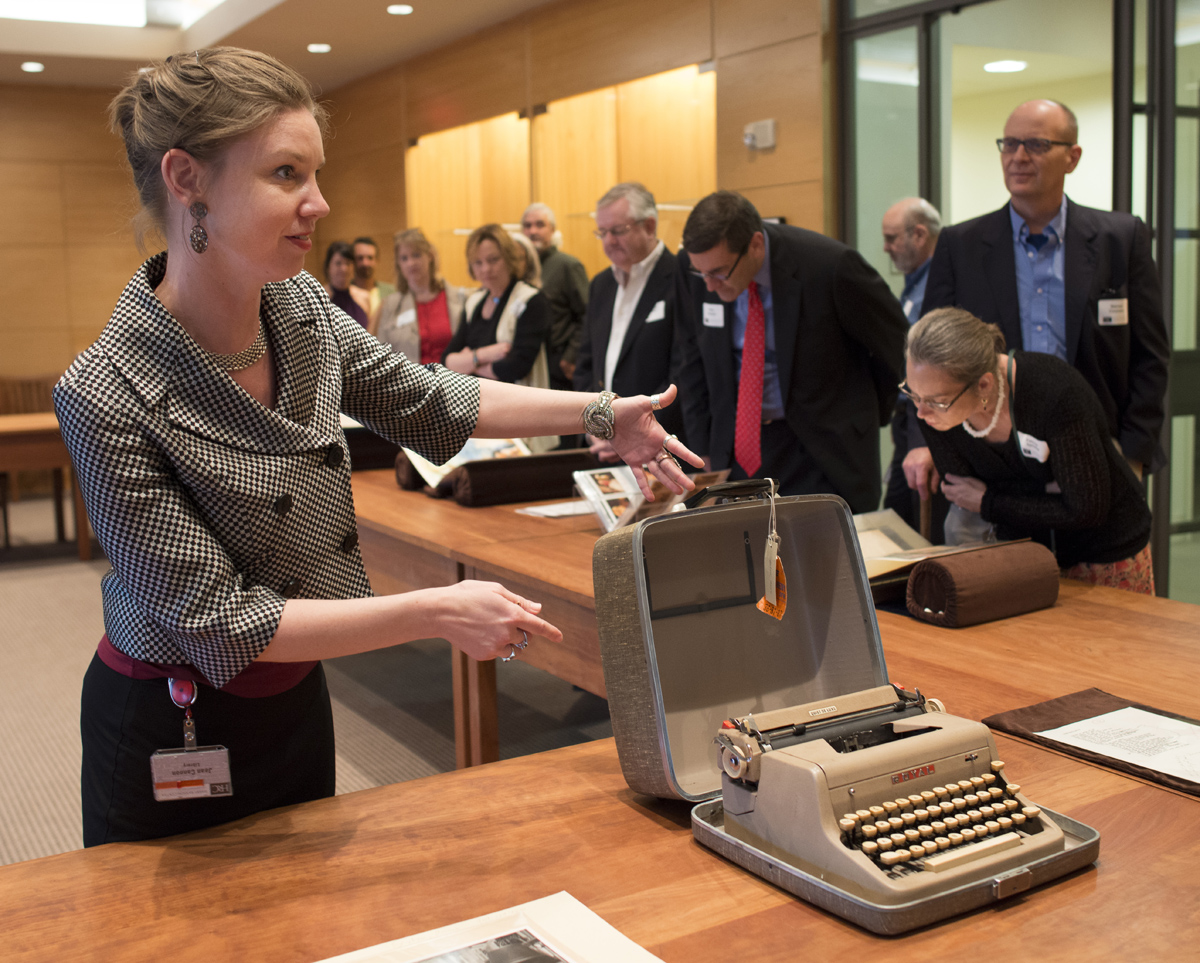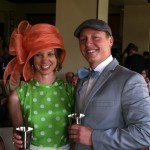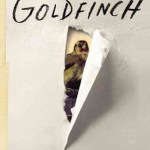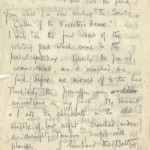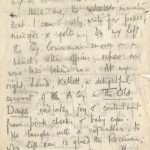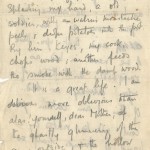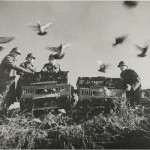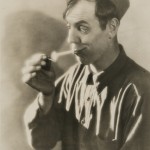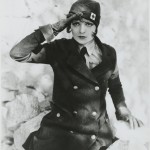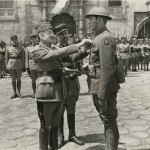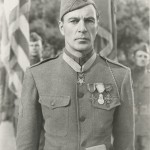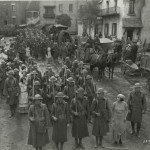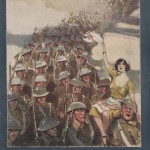Meet the Staff is a Q&A series on Cultural Compass that highlights the work, experience, and lives of people at the Ransom Center. Elizabeth Garver has held several positions at the Ransom Center since 2000, including graduate student intern, manuscript archivist, and in 2005–2006, she co-curated the Technologies of Writing exhibition. Currently, she works with the Ransom Center’s extensive French and Italian collections, and she is a co-curator of the current exhibition The World at War, 1914–1918. She speaks four languages—English, French, Italian, and Russian—and holds a variety of degrees, including a Master’s in Library and Information Science, a Diploma of Advanced Studies from the University of Paris, a Master of Arts in Nautical Archeology, and a Bachelor of Arts in Archeology. She is also a current Ph.D. candidate in Modern European History at The University of Texas at Austin.
Why do you enjoy working at the Ransom Center?
Well, this is my 14th year here, and almost every day I see something new that I’ve never seen before. I also like being able to do research, which is an opportunity you don’t get at a lot of jobs, and I like helping other people with their research and answering any questions they might have. The job is always changing and always interesting.
Can you tell me a little bit about curating the current World War I exhibition?
Jean Cannon and I were officially brought on board for the current exhibition about two years ago. She wrote her dissertation on the war poets, and I have an interest in the topic as a UT PhD student in Modern History, so we both had some expertise. There was a lot of reading on our own, but it was also looking into the collections in depth, and since there isn’t a single World War I collection to draw upon, it was basically like a treasure hunt. Then, when you find the treasures, there is a choice to make because the space is not infinite.
Is there a “one that got away” item that was cut from the current exhibition for space that you wish could have been included?
Yes, actually there are a couple, but there’s a really touching letter that holds an interest for me in the Édoard Dujardin collection. He was a French writer, and he had a mistress named Madeleine Boisguillaume who wrote him a letter toward the beginning of the war about the conditions in the West of France. All of the doctors were gone because they were at the front, and there was no one to help women to deliver babies and things like that. There were only old men left, old doctors who couldn’t travel, and no hospital in the town. Because of this, she said women and children were dying in childbirth. It’s really emotional and also gives an interesting perspective. People don’t usually think about the women’s experiences during the war.
What has visitor response been like for the exhibition?
I think visitor response has been very positive. It’s a response that I don’t think many exhibitions get, where people have their own stories to tell. Quite a few people have been sharing stories about their families and what their grandparents did in the war, and it’s just been wonderful.
I hear you speak French fluently. Do you have any chances to speak French around Austin?
Yes, we have a French lunch once a week where we speak only French, and there’s actually a large French community here at The University of Texas and around Austin. It’s pretty amazing how often I hear French, and there are a lot of opportunities to speak it. There are groups and of course the French department, and there are always French movies. Also, when I communicate with scholars, I’m able to use a lot of French. I think that’s why my Italian and Russian kind of fell by the wayside. I’m pretty devoted to this language.
What do you like to do in your free time?
I do a lot of gardening, and I love baseball. My family and I are pretty hardcore baseball fans—I grew up with it and I watched my brothers play. The season is over now, but I’ve had season tickets to the Longhorns for probably around 10 years. Otherwise, I do a lot of reading (although I feel like lately I’ve only been reading about the war for this exhibition), and I really enjoy cooking, especially French food.
Do you have a favorite piece or collection at the Ransom Center?
Obviously the French collections are amazing, but my favorite piece changes every once in awhile. Currently, I think my favorite item in the collections is the manuscript for The Little Prince by Antoine de Saint-Exupéry with his annotations and drawings. We also have some of his artwork, which is all amazing.
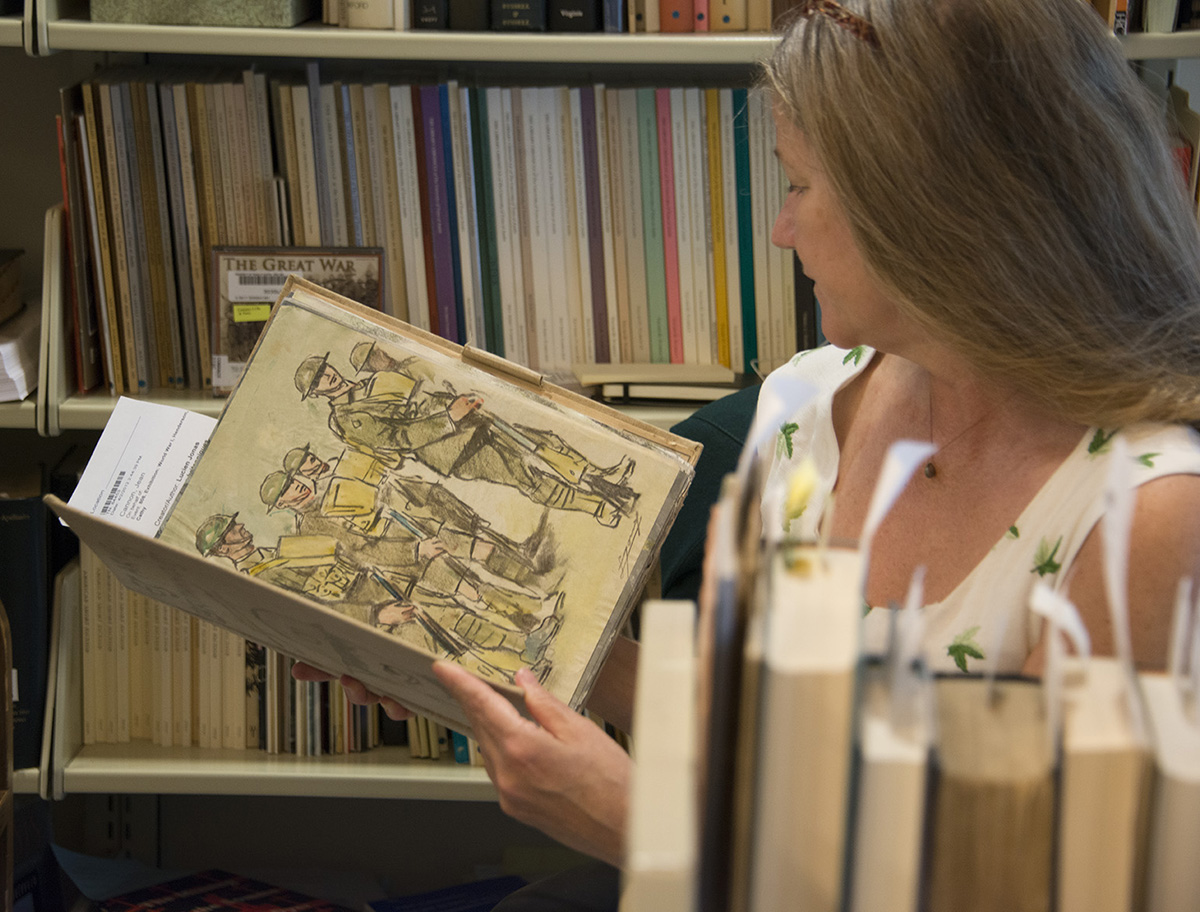

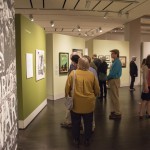
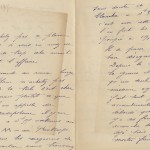
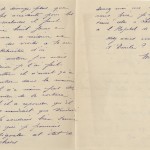
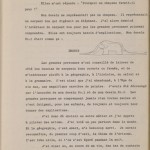

!["On les aura!" [We'll get them!] Abel Faivre (1867-1945) 1916 Lithograph](https://sites.utexas.edu/ransomcentermagazine/files/2014/07/85_130_572_001_300dpi-150x150.jpg)
